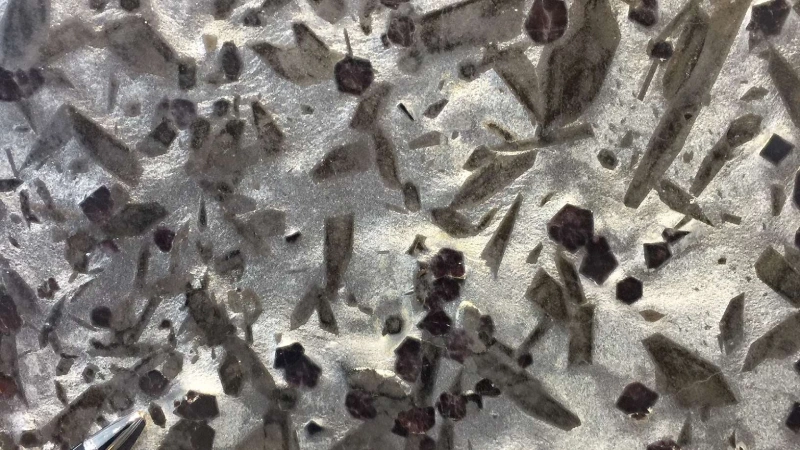North Hollywood, CA
(818) 308 6292
San Antonio, TX
(210) 494 8282
North Hollywood, CA
(818) 308 6292
San Antonio, TX
(210) 494 8282
(818) 308 6292
(210) 494 8282
(818) 308 6292
(210) 494 8282
Schist is a metamorphic rock with striking textures and intricate patterns, making it a standout choice for feature walls, countertops, and decorative accents. Its layered appearance creates depth and visual interest, ideal for spaces seeking a natural yet distinctive look.


Schist's pronounced foliation and unique mineral compositions provide a striking, textured look, making it a favored choice for decorative stonework.

Available in various types—such as mica schist, garnet schist, and chlorite schist—schist offers diverse aesthetic options to suit different design preferences.

Its natural tendency to split along planes allows for easy shaping into slabs or tiles, facilitating its use in construction and artistic applications.

The alignment of platy minerals like mica imparts a shimmering quality, enhancing the visual appeal of surfaces.

When properly selected and installed, schist can withstand various environmental conditions, making it suitable for interior and exterior projects.

Determine how Schist’s textured elegance and shimmering natural finish complement your design, whether you’re aiming for rustic charm or sophisticated boldness.

Browse various schist types, from mica-rich surfaces to unique color variations and patterns, to find the ideal option for your project.

Work with our experts to select the perfect schist slab and tailor it to add character and depth to your space.
Design the space you’ve always envisioned. Elements Room® is here to provide expert advice and personalized solutions for your project.
Schist’s layers and colors make it suitable for various applications, including countertops, wall cladding, and accent features. Its organic charm adds character to both modern and rustic designs.
Schist’s layers resemble brushstrokes of natural art, creating a visual spectacle that captures the eye and adds a touch of nature’s elegance to interiors.
Schist comes in various colors, from earthy browns and grays to vivid blues and greens. Its diverse color palette allows for versatile design possibilities.
When selecting a schist variety, consider the colors and patterns that align with your design vision. Each variety offers a unique blend of nature’s aesthetics.